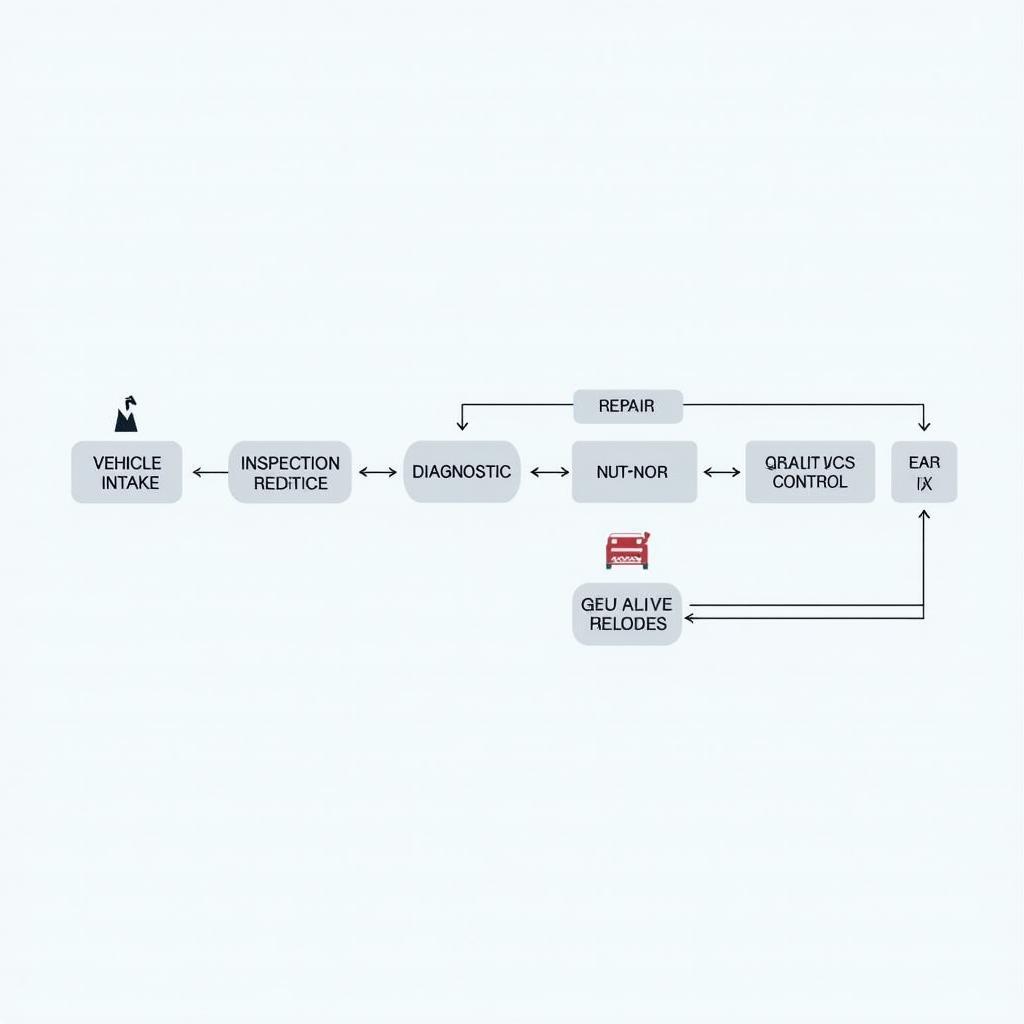Car Servicing In Flow Processing is a crucial aspect of modern vehicle maintenance, ensuring consistent performance and longevity. By streamlining maintenance tasks and adopting a proactive approach, flow processing minimizes downtime and maximizes efficiency. This article explores the benefits, challenges, and best practices associated with incorporating flow processing into your car service routine. different module for online car service center This innovative approach ensures your vehicle receives the attention it needs at the right time, preventing costly repairs and extending its lifespan.
Streamlining Car Servicing with Flow Processing
Flow processing in car servicing involves organizing maintenance tasks in a continuous, streamlined sequence. This approach minimizes interruptions and ensures that each service is performed efficiently and effectively. Just like a well-oiled machine, flow processing keeps your car running smoothly by addressing potential issues before they escalate. It allows service centers to handle a higher volume of vehicles while maintaining quality and precision. Why is flow processing important for modern vehicles? It addresses the increasing complexity of modern car systems, ensuring each component is checked and maintained according to manufacturer specifications.
What are the benefits of integrating flow processing into car servicing?
- Reduced Downtime: Flow processing minimizes the time your vehicle spends in the shop, allowing you to get back on the road quickly.
- Improved Efficiency: By optimizing the service workflow, technicians can complete tasks faster and with greater accuracy.
- Cost Savings: Preventative maintenance through flow processing can identify and address minor issues before they become major, expensive repairs.
- Enhanced Vehicle Lifespan: Regular, streamlined servicing helps maintain your car’s overall health and extends its lifespan.
- Consistent Performance: Flow processing ensures that all necessary maintenance tasks are performed, leading to consistent and reliable vehicle performance.
 Car Service Flow Process Diagram
Car Service Flow Process Diagram
Key Considerations for Implementing Flow Processing in Car Service Centers
Implementing flow processing requires careful planning and execution. Service centers must consider several factors to ensure a smooth and effective transition. What are the key challenges in implementing flow processing? One major challenge is adapting existing infrastructure and workflows to accommodate the continuous flow of vehicles.
Optimizing Workflow for Efficient Car Servicing
- Facility Layout: The service center layout should be designed to facilitate a smooth flow of vehicles through different service stations.
- Technology Integration: Utilizing advanced diagnostic tools and software can streamline the inspection and repair process.
- Staff Training: Technicians need to be trained on flow processing principles and procedures to ensure they can work efficiently within the new system.
- Inventory Management: Maintaining an adequate supply of parts and materials is crucial to avoid delays in the service process.
Utilizing Technology to Enhance Flow Processing
Technology plays a vital role in optimizing car servicing through flow processing. What technologies are essential for flow processing in car service? Advanced diagnostic software and automated systems can significantly enhance the efficiency and accuracy of the service process.
- Diagnostic Software: Modern diagnostic software can quickly identify potential problems and guide technicians through the repair process.
- Automated Systems: Automated systems can handle repetitive tasks, freeing up technicians to focus on more complex repairs.
- Data Analytics: Analyzing service data can help identify trends and areas for improvement in the flow process.
different module for online car service center By implementing these technologies, car service centers can enhance the overall effectiveness of flow processing, minimizing downtime and ensuring customer satisfaction.
Benefits of a Streamlined Car Service Experience
Implementing flow processing results in numerous benefits for both car owners and service centers. How does flow processing improve customer satisfaction? Faster turnaround times, transparent communication, and efficient service contribute to a positive customer experience.
“Flow processing is a game-changer for car service,” says John Smith, Automotive Engineer at Advanced Auto Solutions. “It not only increases efficiency but also reduces stress on both technicians and customers.”
- Faster Turnaround Times: Flow processing significantly reduces the time it takes to complete service tasks.
- Transparent Communication: Clear communication between service advisors and technicians ensures that customers are kept informed about the progress of their vehicle’s service.
- Improved Customer Satisfaction: A streamlined and efficient service experience leads to increased customer satisfaction and loyalty.
Conclusion
Car servicing in flow processing offers significant advantages for modern vehicle maintenance. By optimizing workflows, integrating technology, and prioritizing customer satisfaction, service centers can achieve greater efficiency, reduce downtime, and enhance the overall car ownership experience. Implementing flow processing is an investment in the future of car servicing, ensuring vehicles receive the best possible care and remain reliable for years to come. different module for online car service center Embrace the future of car servicing with flow processing and experience the difference.
“Investing in flow processing is a smart move for any car service center looking to stay ahead of the curve,” adds Jane Doe, Senior Mechanic at Precision Auto Care. “It’s an investment in efficiency, customer satisfaction, and ultimately, the longevity of the vehicles we service.”
Need help? Contact us via WhatsApp: +1(641)206-8880, or Email: [email protected]. Our customer service team is available 24/7.

